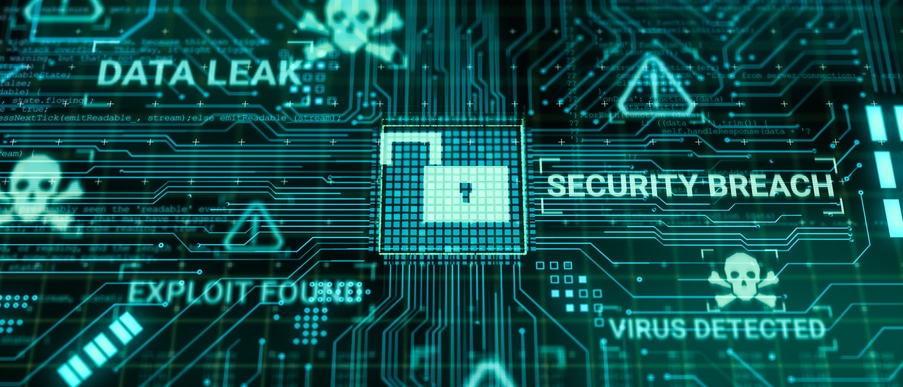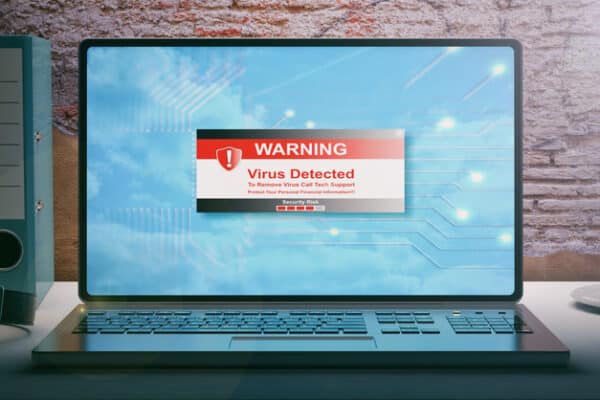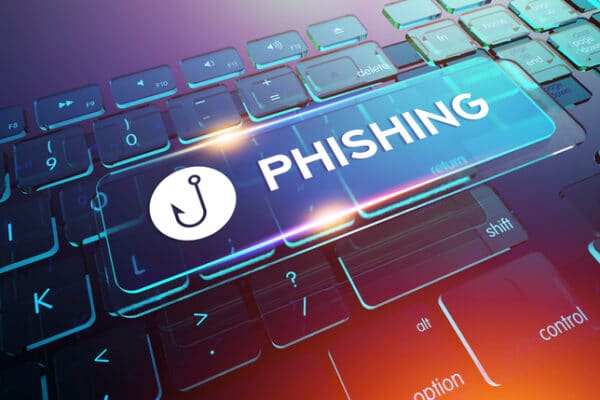Businesses today, regardless of size, must contend with new and complex cyber threats regularly. Adding security controls to your defenses can strengthen your defense capability, but human error remains a significant risk factor. According to the Verizon Business 2024 Data Breach Investigations Report, more than two-thirds of breaches involved the human element. This is why investing in training and education for your users is imperative. Just like the other components of your defense-in-depth strategy, security awareness training is not a singular point product. When we talk about measuring the results and success of your security awareness, your other security control components will show how successful you have been over time.
Why Security Awareness is Important
- Human Error: Phishing scams, social engineering, and accidental data breaches are becoming everyday occurrences. Users who have been trained and tested on their capability of spotting and avoiding these threats become valuable pieces of your defense-in-depth cybersecurity strategy. Technology alone will not keep your organization safe. Humans are the backbone of your company, but they are not cybersecurity experts by nature.
- Culture of Security: Implementing a security awareness training program can foster a shift within the business towards security. Employees begin to view it as just good business practice. Users are more likely to report when they notice a suspicious email or report when they find a USB drive in the parking lot. A well-trained staff has a more significant effect on your business’s security posture than many products that could be installed.
- Compliance: If you have renewed your cybersecurity insurance lately (talk to your E&O provider if you do not have cybersecurity insurance), you may have noticed that security awareness training is becoming something they expect you to implement. The insurance companies have looked at the data and determined that one of the most impactful things you can do is train your employees.
- Reputation: When we talk about the reputation of your business, we are not talking about you making the six o’clock news. Security breaches today do not make a big splash in the news. What they do is erode the confidence that your direct clients have in your ability to keep their information safe. Most of us have received that out of place email from a vendor at some point saying that they accidentally shared a malicious file. You trusted them, so you placed their domain in the global allow list earlier. Doesn’t that cause you to lose confidence in them?
Critical Components of Effective Security Awareness Training
- Understand Your Engagement: You need to know where to start. Because phishing and account compromise are so prominent, this is one of the main starting points in your training journey. KeyNet calls them the blind. What they are is a way of developing that starting point. Over a month, random and completely different emails are delivered to your staff with varying degrees of difficulty. We measure the open rate and click rate. Based on the established metrics, we determine the scope of the phishing campaign. To get the most out of your investment, starting at the appropriate level makes a world of difference in the outcome. According to IBM, when combined with thought-out security policies, security awareness training can help employees protect sensitive personal and organizational data.
- Content is King: Be engaging. The barrier to user engagement should not be the content. In order to grab a user’s attention, the content needs to be meaningful or engaging, and at the end, the user needs to see it as not a waste of their time.
- Simulations: Make sure that any simulator that you use has the same level of realism as what the actual attackers will do. If your staff has already been utilizing training, ramp up the difficulty level by creating your own content that comprises what a threat actor would find on your website or LinkedIn. Make sure the simulations are scalable and the campaigns are not on autopilot.
- Positive Reinforcement: Everyone knows how it feels to fail. We have psychological protection that protects us from failure. We want that to be different when it comes to training. Ensure that your platform supports positive reinforcement on both the passing and failing side of training.
Measuring the Results
- Reduction in Security Incidents: This is one of the most important results you are looking to come out of the investment in training. Providing before and after data for phishing attacks, data breaches, and malware infections allows for a direct correlation between the investment in training and the preferred outcome. These results typically come after multiple campaigns have been run.
- Cost Savings from Prevented Incidents: Similar to reducing security incidents, measuring cost savings and return on investment is important. Just like the other components of your controls, each security control you implement needs to be able to show that it is working and contributing to the overall cybersecurity defense.
- User Engagement and Reporting: Like the reduction in security events, you should also measure how often, before and after training, users are reporting suspicious activities. Ensure that users receive recognition during standup meetings for reporting something potentially malicious. Building a culture of security is imperative to being successful.
KeyNet Technologies understands the challenges of implementing, running, maintaining, and reporting on security awareness training. We help our clients have a more engaged and aware workforce to lower the overall risk of human error. To learn more about who we are, click here. If you are ready for a no-obligation conversation regarding your security posture, we invite you to contact us today.









